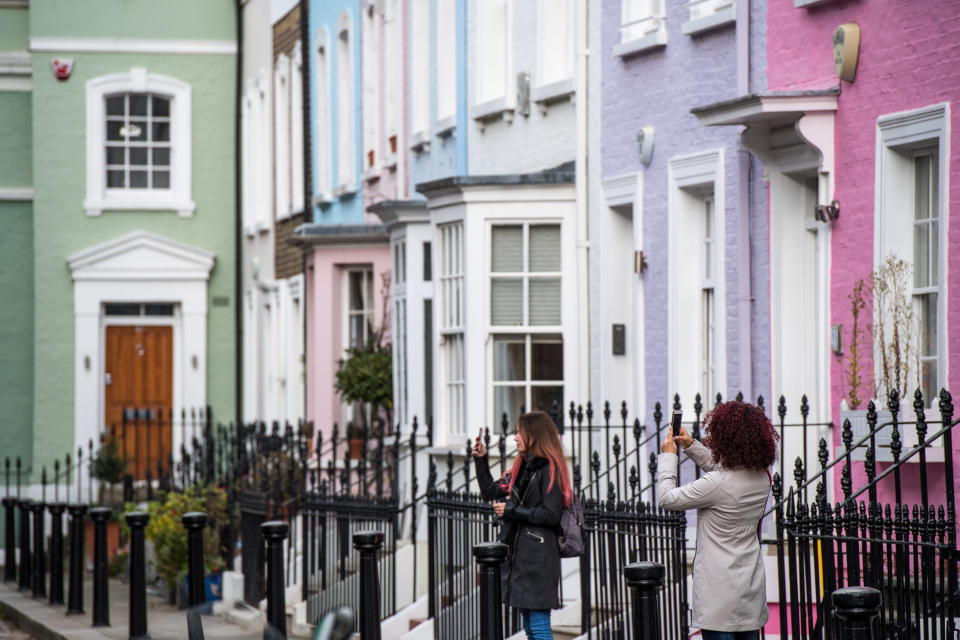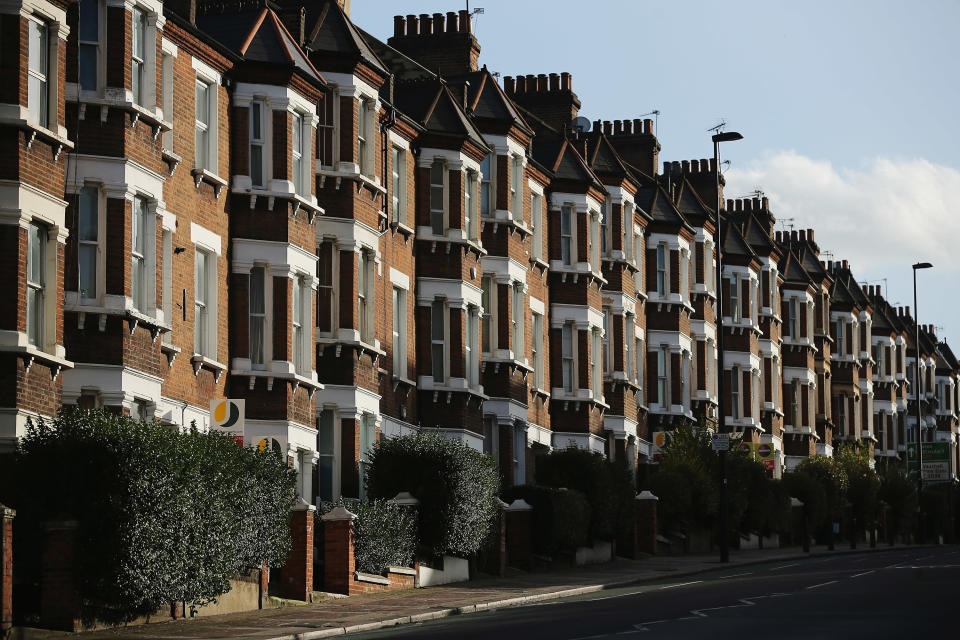London property is getting cheaper — but homes remain hopelessly unaffordable

Property prices have continued to slide in London for the third month in a row, official figures reveal.
The Office for National Statistics (ONS) said average London house prices in October – the latest figures available – were 1.7% lower than a year earlier.
Homes are now cheaper in the capital than they were two years ago, with an average purchase price of £473,600, compared with £471,000 in October 2016.
READ MORE: Why now is the best and worst time to buy before Brexit
But the average home in the capital will still be out of reach for a huge number of buyers. Prices remain up £206,000 on a decade ago – a steep rise of 77%.
First-time buyers now need a deposit of approximately £98,000 to buy a home in London – three times the national average, according to separate research by property analysts Hometrack. The average annual salary in Britain was £27,300 last year.
The slowdown in growth
House prices across the UK rose by 2.7% in the full year to October, with the average British home sold for £231,000 last year, up £6,000 on the previous year.
But the rate of annual growth was the lowest in more than five years. The ONS said the slowdown in growth was largely a result of sluggish growth or falls in prices in the south and east of England.
While the past year has seen London record the lowest house price growth of any region of the UK, other areas have seen property soar in value. The north-west had the highest annual growth at 4.9%, followed by Yorkshire and the Humber at 4.4%.
Why the property market is cooling

The slowdown could be down to London being disproportionately hit by lower EU migration and new housing regulations and tax reforms, according to the ONS.
Howard Archer, chief economic adviser to the EY ITEM Club, said: “The housing market is still struggling for momentum in the face of limited consumer purchasing power, fragile consumer confidence and wariness over higher interest rates.
“Brexit uncertainty may well also currently be having some dampening impact on housing market activity. We expect overall house price gains across the UK over 2019 will be limited to around 2%.”
He also said Ernst & Young expected house prices to “fall modestly” if the UK left the EU without a deal, and cautioned that the government’s efforts to boost housebuilding could take a long time to start bringing down prices.
READ MORE: Average UK asking price has dropped £10,000

 Yahoo Finance
Yahoo Finance 